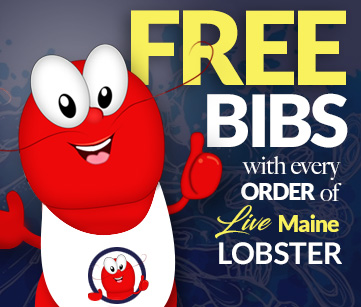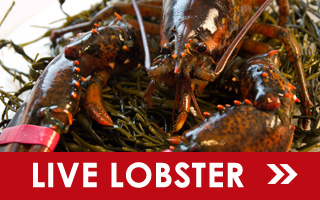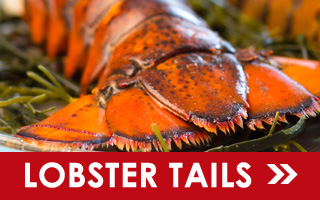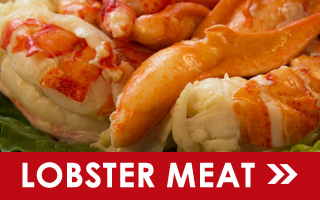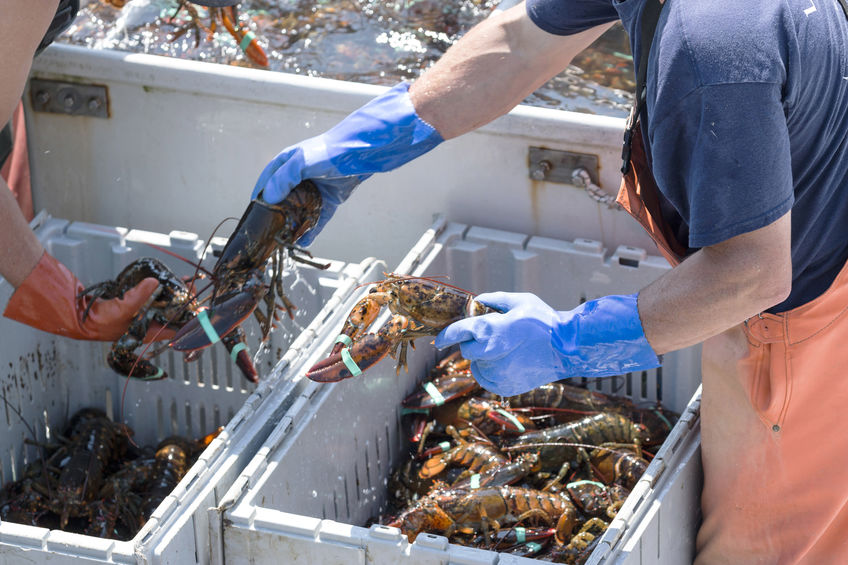
Climate change has forced many of us to consider where we’re getting our resources and how we can be more sustainable. Not only that, but in recent years, we have seen how human activity has impacted the environment, not just with global warming, but with dwindling fish and wildlife populations, too.
The Maine lobster population is no exception. Over the years, as it became possible to harvest more and more lobster, the lobster population started to dwindle. The loss of Maine lobsters would not only hurt the lobster industry, but the ecosystem at large.
As such, rules and regulations were put in place to ensure that we could have our lobster and eat it too. In other words, we could protect the lobster population while still being able to harvest and sell lobster. In our previous blog post, we walked you through some of Maine’s lobster laws. Now, we will show how those laws help us provide sustainable seafood for years to come.
What is sustainable seafood?
You’ve heard the term “sustainable seafood” tossed around quite a bit, but what does it actually mean? According to the National Oceanic and Atmospheric Administration (NOAA), sustainable seafood is as follows:
“Sustainable seafood is the most environmentally efficient source of protein on the planet. In the United States, both wild-caught and farmed fish and shellfish are managed under a system of enforced environmentally responsible practices. Both wild-capture and farmed fish are essential for ensuring sustainable supplies of seafood are available for our nation and the world.” .
Put simply, sustainable seafood is harvested to ensure that the fish populations are not overfished. This can include both wild-caught seafood or farmed seafood.
How Is Maine Lobster Sustainable?
So, now you might be wondering, how is Maine lobster sustainable? Thankfully, there are a variety of rules and regulations in place to protect our lobster population.
Limited Number of Lobster Fishing Licenses
Not just anyone can catch Maine lobster. You have to have a proper lobster fishing license, and the state regulates just how many of these licenses they give out. Once you complete a lobstering apprenticeship, you could be waiting years until you are finally given your fishing license. This is done because the fewer lobsterman there are, the fewer lobsters that can be caught. If you give out too many licenses, then you could easily start to witness overfishing.
Limited Sizes You Can Catch
In Maine, you can only harvest and sell lobsters that are bigger than 3 ¼ inches and less than 5 inches in length. Why? Because smaller lobsters have not matured enough yet to breed, while larger lobsters need to remain in the breeding pool to ensure that future generations remain large.
Egg-Bearing Females Are Off-Limits
When lobstermen harvest their lobster traps, they have to check to see if any of the female lobsters have eggs underneath their tail. If they do have eggs, then the lobstermen have to mark the lobster with a v-notch and then return them back to the sea. The v-notch let’s other lobstermen know that that particular lobster is an egg-bearing female and, thus, off-limits. These egg-bearing females cannot be harvested because they help keep the lobster population growing, and there are harsh punishments for those who try to harvest them.
Here at Cape Porpoise Lobster Co., our lobsters are sustainable and responsibly sourced. To order your lobsters, head to our website to get started.
